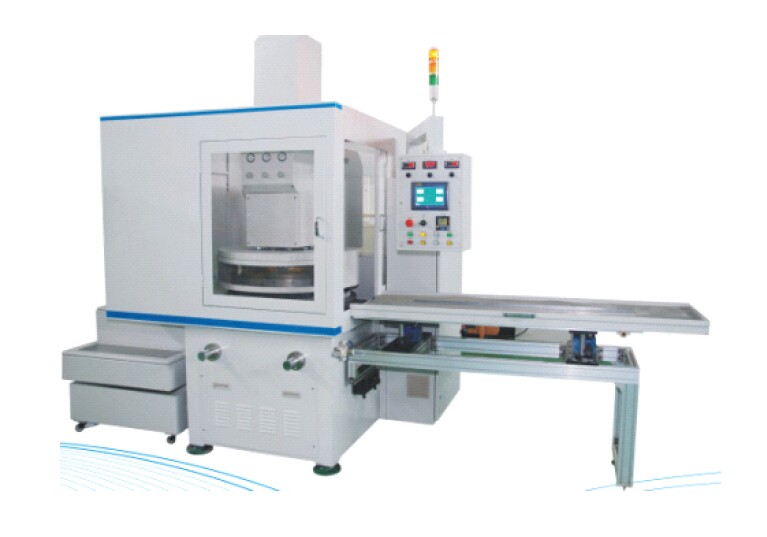Like ordinary machines, flotation machines must meet the special needs of flotation processes in addition to good mechanical properties such as continuous, reliable, wear-resistant, energy-saving, and simple structure. So what are the basic functions and requirements of the flotation machine? No matter which type of flotation machine has the following basic parts: 1) the tank body, which has the feed hole and the discharge hole, and the gate device for adjusting the liquid level; 2) the inflator; 3) the stirring device; 4) the discharge mine Foaming device. Then there are the following basic process requirements for flotation machines: 1. Good aeration effect. The flotation machine must ensure that a sufficient amount of air can be sucked (or pressed) into the slurry, and a large number of suitable bubbles are generated, and the bubbles are dispersed as much as possible in the entire tank. The finer the air is, the better the distribution of the bubbles is. The more opportunities for the particles to contact the bubbles, the better the process performance of the flotation machine and the higher the efficiency of flotation. The degree of aeration of the flotation machine is expressed by the amount of aeration, that is, the amount of air per square meter of space per minute or the amount of air contained per cubic meter of pulp. 2. Stirring effect. The flotation machine should ensure good agitation of the pulp, so that the ore particles are not suspended and suspended, and can be evenly distributed in the tank, keeping the ore particles and bubbles in full contact and collision in the tank. At the same time, it promotes the dissolution and dispersion of certain poorly soluble agents to facilitate the full action of the agent and the ore particles. 3. Circulating flow. The flotation machine has the function of adjusting the slurry surface, the slurry circulation amount and the aeration amount, and can increase the contact chance of the ore particles and the bubbles. It can keep the foam area stable and has a certain thickness, which can retain the mineral of interest and make the gangue of the inclusions fall off, resulting in "secondary enrichment." 4, can work continuously and easy to adjust. During the flotation process, it is sometimes necessary to adjust the thickness of the entire foam layer and the slurry flow. In actual production applications, the discharge from the ore to the floating concentrate and tailings is a continuous process, which needs to be easily adjusted. In modern flotation process, there will be some new requirements, such as beneficiation plant automatic control and so on. This requires the flotation machine to work reliably, and the parts have a long service life, which is easy to operate and control.
High precision double side surface grinding or fine grinding is a super finishing process performed by removing material from two surfaces of a component resulting in extremely precise geometric accuracy and surface finish. Typically, it is the last grinding step of a mechanical production chain utilized to improve and/or correct the geometry of parts coming from sintering, sawing, molding or similar operations. Depending on the application, the stock removal also can be taken from just one surface.
GMM1200 Double Side Surface Grinding Machine Disc Grinder,High Precision Surface Grinding Machine,Precision Surface Grinder,Oil Nozzle Surface Grinding Machine Xinxiang SKF machinery Co., Ltd. , https://www.grindingmachine.nl
